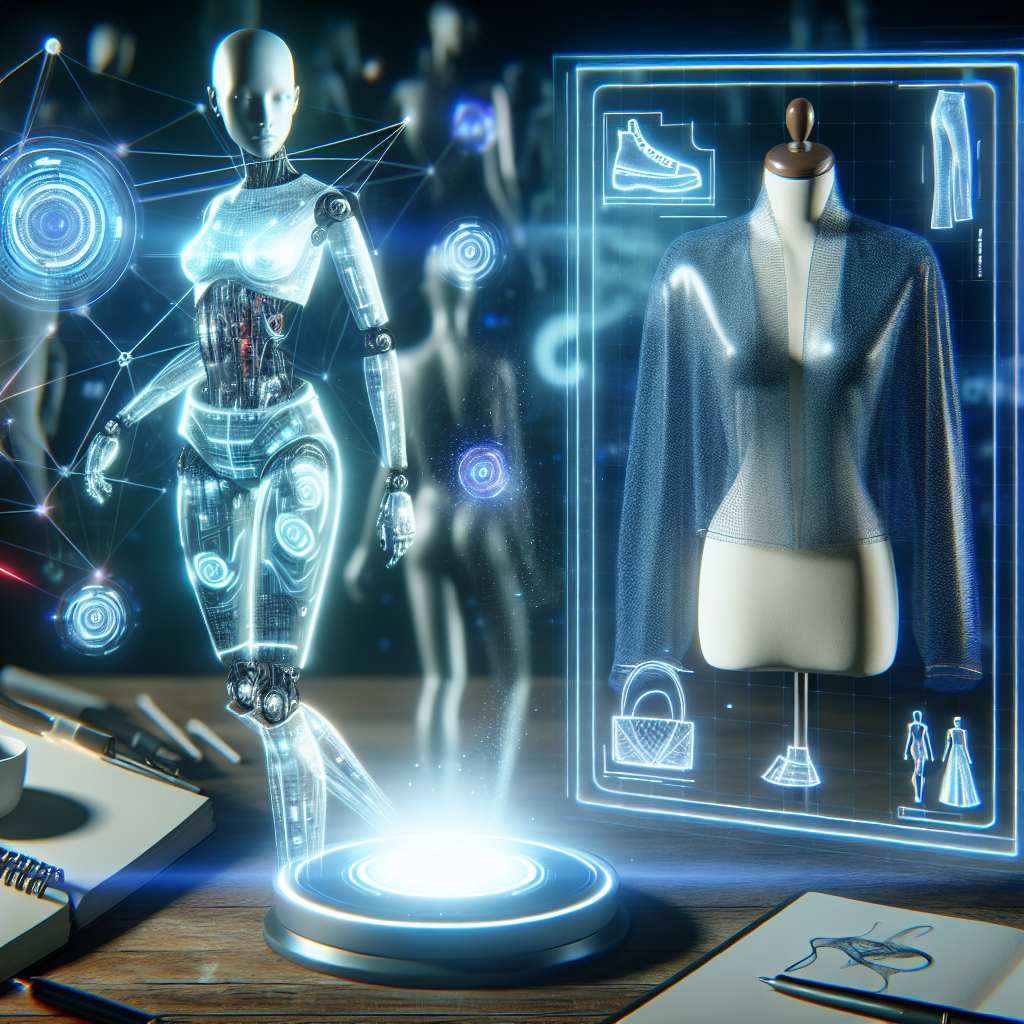AI-Powered Fashion Forecasting: What’s Next for the Industry in 2023
The fashion industry is constantly evolving, with trends changing at a rapid pace. In recent years, the use of artificial intelligence (AI) in fashion forecasting has become increasingly popular, as brands strive to stay ahead of the curve and predict what will be popular in the future. In this article, we will explore the current state of AI-powered fashion forecasting and look at what the future holds for the industry in 2023.
What is AI-Powered Fashion Forecasting?
AI-powered fashion forecasting is the use of artificial intelligence technologies to analyze data and predict trends in the fashion industry. This includes everything from predicting color trends to forecasting which styles will be popular in the upcoming seasons. By analyzing vast amounts of data, AI algorithms can identify patterns and make predictions that are more accurate and reliable than traditional methods.
One of the key advantages of AI-powered fashion forecasting is its ability to process large amounts of data quickly and efficiently. This allows brands to stay on top of trends and make informed decisions about their collections. AI algorithms can also factor in external influences such as social media trends and celebrity endorsements, giving brands a more comprehensive view of the market.
What’s Next for the Industry in 2023?
As we look ahead to 2023, it is clear that AI-powered fashion forecasting will continue to play a crucial role in the industry. Here are some key trends to watch out for in the coming year:
1. Personalized Recommendations: AI algorithms are becoming increasingly sophisticated, allowing brands to offer personalized recommendations to their customers. By analyzing a customer’s browsing history and purchasing behavior, brands can tailor their recommendations to match their individual preferences. This not only enhances the shopping experience but also increases customer loyalty and sales.
2. Sustainability and Ethical Fashion: With growing concerns about the environmental impact of the fashion industry, brands are turning to AI-powered solutions to help them create more sustainable and ethical collections. AI algorithms can analyze data on materials, production processes, and supply chains to identify ways to reduce waste and carbon emissions. This will be a key focus for many brands in 2023 as they strive to meet the demands of environmentally conscious consumers.
3. Virtual Try-Ons: Virtual try-on technology has already become popular in the beauty industry, and we can expect to see it make its way into the fashion industry in 2023. AI algorithms can analyze a customer’s body shape and size to create a virtual avatar that can try on clothes in real-time. This not only enhances the online shopping experience but also reduces the need for returns, as customers can see how the clothes will look on them before making a purchase.
4. Trend Prediction: AI-powered fashion forecasting will continue to evolve in 2023, with algorithms becoming even more accurate at predicting trends. Brands will be able to analyze data from social media, fashion shows, and other sources to identify emerging trends and make informed decisions about their collections. This will give brands a competitive edge in a fast-paced industry where staying ahead of the curve is crucial.
5. Automation in Design: AI algorithms are also being used to automate the design process, allowing brands to create new collections more quickly and efficiently. By analyzing data on past trends and customer preferences, AI can generate new designs that are tailored to the brand’s aesthetic. This will enable brands to release new collections at a faster pace and respond to changing trends in real-time.
FAQs
Q: How accurate are AI-powered fashion forecasts?
A: AI-powered fashion forecasts are generally more accurate than traditional methods, as they can analyze vast amounts of data and identify patterns that may not be obvious to human analysts. However, like any forecasting method, there is always the potential for errors. Brands should use AI-powered forecasts as a guide rather than a definitive prediction and combine them with human expertise to make informed decisions.
Q: Will AI replace human designers in the fashion industry?
A: While AI algorithms can automate certain aspects of the design process, such as generating new designs based on data analysis, they are unlikely to replace human designers entirely. Designing fashion is a creative process that requires human intuition and artistic vision, which AI algorithms cannot replicate. Instead, AI will continue to support human designers by providing them with data-driven insights and streamlining the design process.
Q: How can small brands and independent designers benefit from AI-powered fashion forecasting?
A: AI-powered fashion forecasting can be particularly beneficial for small brands and independent designers, as it allows them to compete with larger brands on a more level playing field. By using AI algorithms to analyze data and predict trends, smaller brands can make informed decisions about their collections and target their marketing efforts more effectively. This can help them reach a wider audience and grow their business in a competitive industry.
In conclusion, AI-powered fashion forecasting is set to revolutionize the industry in 2023, with brands using algorithms to predict trends, personalize recommendations, and create more sustainable collections. As AI technology continues to evolve, we can expect to see more innovative solutions that enhance the shopping experience and drive growth in the fashion industry. By embracing AI-powered tools, brands can stay ahead of the curve and meet the demands of an increasingly fast-paced and competitive market.

